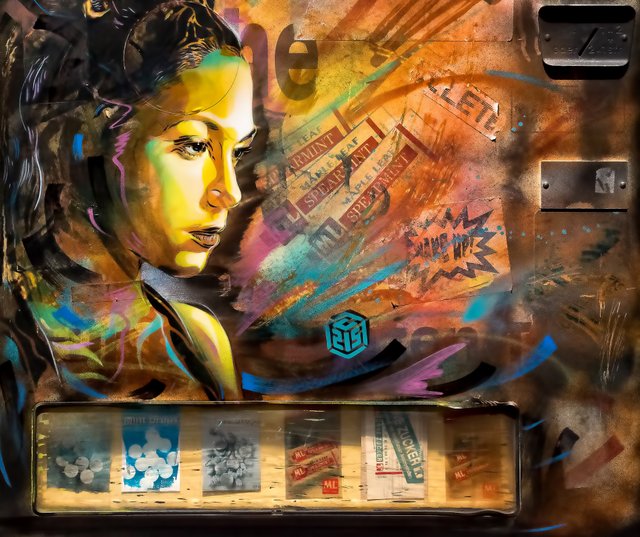Seeing is Believing
In 2012 I decided, mostly out of sheer desperation to finish my bachelor’s degree, to take summer classes for the first time in my academic career. All I needed were upper division classes, so I decided to take Philosophy of Sexuality, Childbirth in the United States, and a Special Topics in Writing course. In the Summer of 2012, the Special Topic was graphic novels.
The class was the most delightful torture I have ever inflicted on myself. I discovered I loved telling and stories through a visual medium. I even launched a series during and after the class called Comic Monday where I would draw a multi-panel comic every week. I say torture because the class was also accelerated and reading a graphic novel every single week was a massive struggle for me because graphic novels are books with so many layers to them. At the time, I was also working as a tutor with the AVID program in the Minneapolis Public Schools. Summer classes for me started while school was still in session for my students and I found connecting with them through the novels I was reading, including In the Shadow of No Towers by Art Spiegelman (that one I read voluntarily), was a particularly effective way to get them to engage in other subjects as well.
I brought all this background with me when I recently listened to Gene Luen Yang’s TED Talk Comics Belong in the Classroom. It was not even remotely surprising to me to hear him say that his high school students in the 1990’s – a generation defined by television – learned really effectively through a visual medium. If anything, the students of today are even more defined by how they consume information and being able to learn in the way they are accustomed (with even more control) seems like a really stupendous idea.
As a learning medium, comics have so much to offer us. From the perspective of learning styles that we talked about on Wednesday, comics are a useful tool.
Visual learners can benefit from a comic or graphic novel medium because, duh, they can see the information presented to them.
Verbal learners can benefit from this medium because they can combine words and pictures to gain deeper meaning from the words. They can also learn the impact that different fonts have on tone and meaning.
Physical learners have the tactile experience of creating comics. This experience can help them grasp concepts that they might struggle with otherwise.
Logical learners, in many ways, may find comics to be extremely beneficial in understanding things that may seem more abstract. The sequence of the panels offers a clear path to understand how events may have unfolded as well as understanding the emotions behind historical happenings. If a logical learner is also interested in manga, reading comics printed “backward” can help them to see things in a way that makes sense from a sequential point of view while also seeing something in a different perspective.
A solitary learner may very well find that reading comics, particularly ones where the characters are really expressive, to help them more fully in social situations.
What have your experiences with comics and have you ever worked to learn something new through a graphic medium?

Photo by Ricardo Gomez Angel on Unsplash
Posted from my blog with SteemPress : https://rachelahanson.blog/2018/08/10/seeing-is-believing/